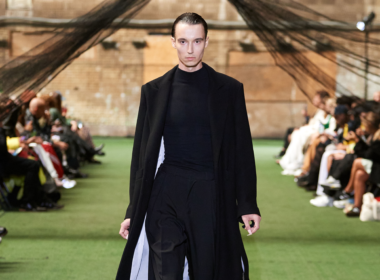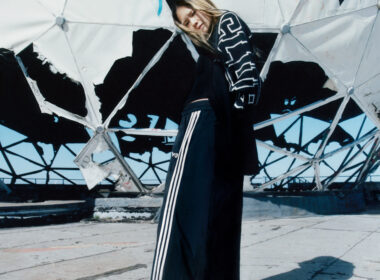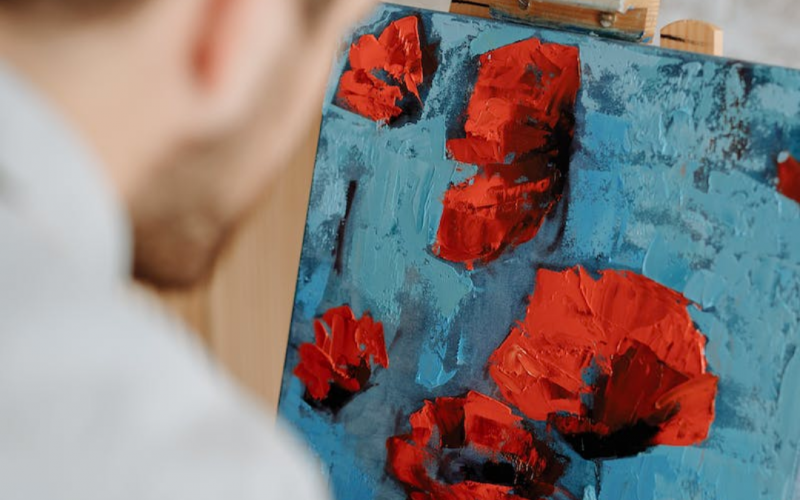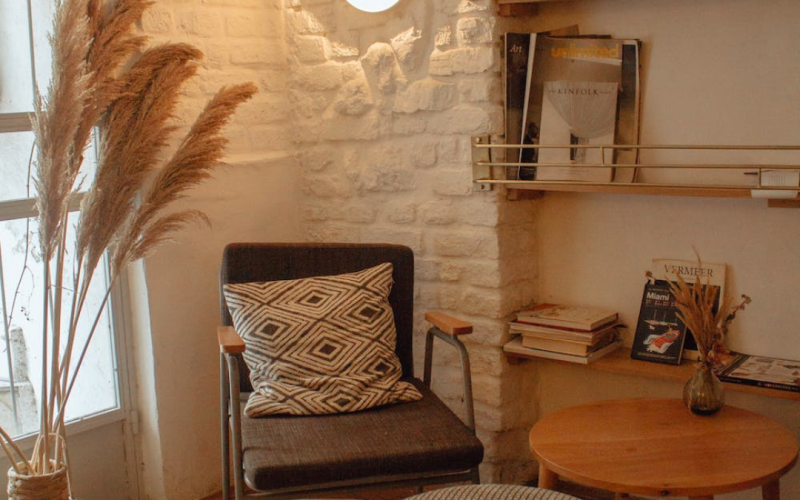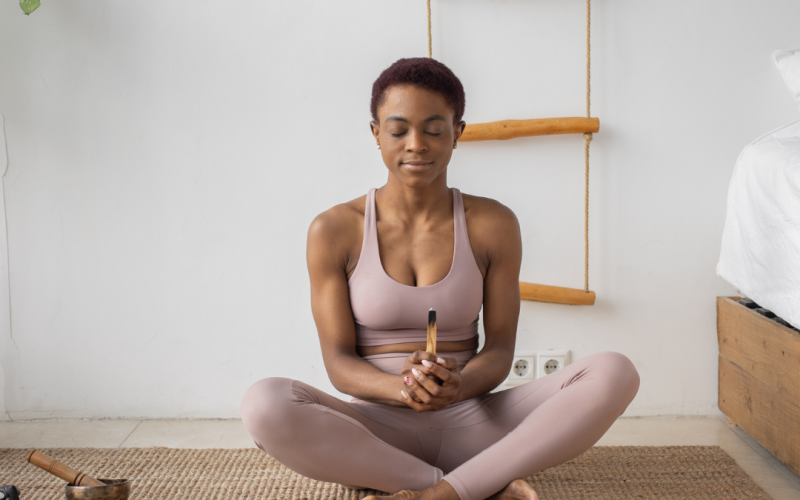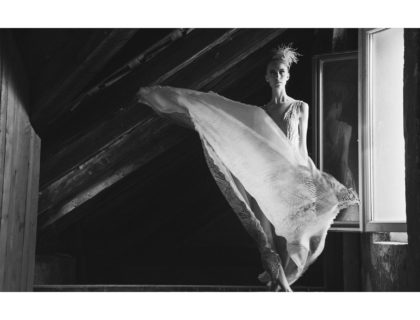Truly, art heals. The truth of this dictum is embedded in the words of many great artists and critics. First, let us remember the words of Malidoma Patrice Somé, who said that “the arts can heal and transform individuals and communities.” Speaking about the therapeutic ability of the arts, Cathy Malchiodi said that “the creative process is not about making a perfect product but about the healing and transformation that happens within us as we create.” For a long time now, art has been recognised for its therapeutic benefits in improving mental health. Both creating and viewing artworks can have positive effects on our emotional, cognitive, and behavioural well-being.
Art can be a powerful tool for self-expression, emotional processing, relaxation, and self-care. The application of this aspect of art’s therapeutic potential is known as “art therapy.” Art therapy is a form of therapy that utilises various types of art to support individuals’ emotional, mental, and psychological well-being. Creating, viewing, or experiencing any of the various types of art has the ability to improve one’s mental health. You ask how; let us look at a few ways.
How Creating and Viewing Art Can Improve Mental Health
Self-Expression: Use Art as a Creative Outlet for Emotional Processing
Art can be a creative outlet for individuals to express thoughts, emotions, and experiences that are difficult to put into words. This can assist in processing and making sense of feelings, thereby reducing emotional distress and increasing self-awareness. Poetry, painting, and other art forms can be used for self-expression. One does not have to be a professional artist to use art for self-expression. To many, it is the process of creating the work of art that is therapeutic, not the creative output itself. Additionally, many great artists, especially musicians and writers, created works that are summaries of their life experiences.
Emotional Regulation: Process Emotions through Art
Art provides a safe space for emotional exploration and expression, helping people regulate their emotions. Individuals can externalise their emotions and gain perspective, leading to increased emotional resilience and coping skills. So, next time you want to clear your mind and externalise your emotions, try painting, sculpting, writing, singing, or any other artistic endeavour that you enjoy. Soak yourself in therapeutic art, explore Fab Gallery now
Self-Esteem and Confidence: Boost Self-Worth Through the Creative Process
When we take away the financial benefits that creating music has given to many of our music stars, what we will probably have left is the self-esteem that comes with having created something. Making art can boost self-esteem and confidence by providing a sense of accomplishment and mastery. What we will probably have left is the self-esteem that comes with having created something. Making art can boost self-esteem and confidence by providing a sense of accomplishment and mastery. The process of creating something from scratch and seeing it come to life can instill pride and self-worth, leading to increased self-esteem and self-confidence.
Sometimes all we need to stabilise our mental health is a sense of belonging. Some people find love and value for their self-worth in communities. Art can be a social activity that promotes community and connection. Participating in group art therapy sessions, for example, can promote social interaction, communication, and a sense of belonging, all of which can improve mental health and well-being. Stay up to date on the newest in the world of Fashion, Arts, Beauty and Lifestyle; Follow FAB on Instagram.
Add Art to Your Mental Health Toolkit: The Value of Viewing Arts
Since we have different types of art and various ways of experiencing them, “viewing” here can as well mean reading or listening if the art work we experience is a book or music.
Emotional Resonance: How Art Can Validate and Connect with Your Emotions
In our times of uncertainty and emotional distress, nothing beats that sense of belonging, that feeling that assures us that we are not alone. This is why it is easy to find ourselves or our stories in the works of others, even when the work means something else to the creator. Viewing art can elicit emotions, and the emotional resonance of art can aid in connecting with and processing one’s own emotions. Art can act as a mirror, reflecting and validating people’s emotions while also encouraging emotional understanding and empathy.
Inspiration and Hope: How Art Can Motivate and Uplift You
This is the motivation behind the creation of some work or art. An example of this is the song “What a Wonderful World” by Louis Armstrong. In painting, we may look at Vincent van Gogh’s “Starry Night.” This iconic painting of a serene night sky in vibrant colours has been interpreted as a symbol of Van Goh’s enduring hope despite his struggles with mental health. And this painting elicits the same emotional response from many people who see it, encouraging them to see the beauty of the world regardless of everything else. Art can inspire and uplift people, giving them hope and motivation. Viewing art that resonates with one’s values, beliefs, or personal experiences can elicit positive emotions, foster a sense of purpose, and promote optimism, all of which lead to improved mental well-being.
Distraction and Relaxation: How Art Can Be Used as a Form of Escapism and Calm
Reading a book transports the reader into a world other than their own. There are songs we listen to that soothe us, console us, or even relax us. Viewing art can be a form of distraction and relaxation, giving people a break from their daily worries and stressors. Art can be used as a form of escapism, allowing people to shift their focus, relax, and experience a sense of calm, resulting in increased mental relaxation and well-being.
Wrap Up
There are other ways that experiencing the arts contributes positively to our mental health. Engaging with art in various forms can improve people’s mental health and well-being, and it is a valuable addition to mental health treatment and self-care practises. And don’t forget, you don’t have to be a talented professional painter before you can paint.
You are FAB!
Cheers!
Micheal
Related

